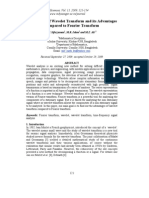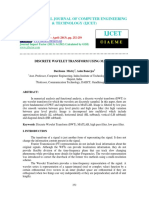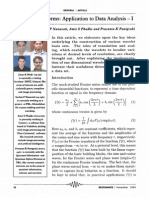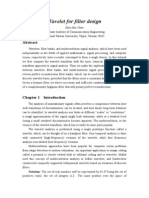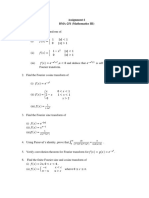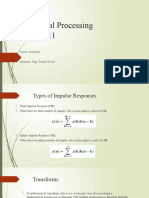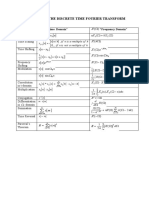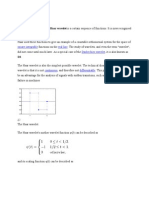100% found this document useful (1 vote)
148 views17 pagesDigital Image Processing (Assignment)
What is wavelet transform. Write three examples of wavelet transform. Write 5 pros and cons of wavelet transform. Compare Wavelet transform with Fourier transform?
Uploaded by
shehzad AliCopyright
© © All Rights Reserved
We take content rights seriously. If you suspect this is your content, claim it here.
Available Formats
Download as PPTX, PDF, TXT or read online on Scribd
100% found this document useful (1 vote)
148 views17 pagesDigital Image Processing (Assignment)
What is wavelet transform. Write three examples of wavelet transform. Write 5 pros and cons of wavelet transform. Compare Wavelet transform with Fourier transform?
Uploaded by
shehzad AliCopyright
© © All Rights Reserved
We take content rights seriously. If you suspect this is your content, claim it here.
Available Formats
Download as PPTX, PDF, TXT or read online on Scribd
/ 17





